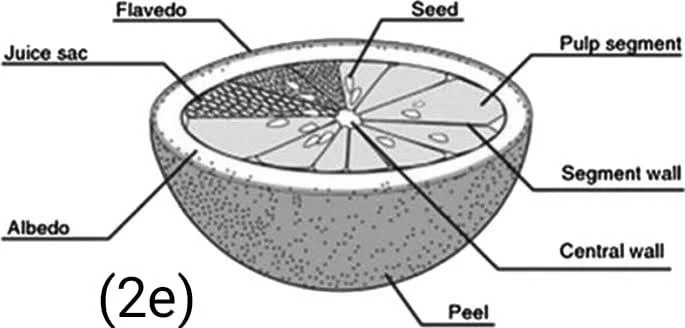WAEC Biology Practical 2025 Free
Number 1
(1a)
(i) Phylum: Arthropoda
(ii) Class: Insecta
(1b)
(i)Segmented body
(ii)Exoskeleton
(iii)Jointed appendages
(1c)
parasitism
(1d)
(i)Hard exoskeleton: Protects the weevil from predators.
(iii)Mouthparts: Adapted for chewing and feeding on bean seeds.
(1e)
(i)Airtight storage
(ii)Drying
(1fi)
(i)Source of protein
(ii)Income generation
(1fii)
Legumes
(1g)
(COMPLETE THE TABLE)
=Five Observable Parts of Specimen C=
(i) Leaf
(ii) Stem
(iii) Root
(iv) Flower
(v) Bud
=One Function of Each of the Parts to the Specimen=
(i) Carries out photosynthesis to produce food
(ii) Supports the plant and transports water and nutrients
(iii) Anchors the plant and absorbs water and minerals
(iv) Involved in reproduction and attracts pollinators
(v) Develops into a new flower or leaf.
==================
Number 2
(2ai)
E (Pineapple): Multiple fruit
F (Orange): Berry
(2aii)
Axile placentation
(2aiii)
The ovules/seeds are attached to a central column within the ovary, characteristic of axile placentation.
(2bi)
E (Pineapple): False fruit (accessory fruit)
F (Orange): True fruit
(2bii)
E (Pineapple): It develops from the inflorescence (multiple flowers) and includes tissues other than the ovary.
F (Orange): It develops solely from the ovary of a single flower.
(2ci)
(i) Both are fleshy fruits.
(ii) Both contain seeds.
(iii) Both have a tough outer skin (rind).
(2cii)
[TABULATE]
=E (Pineapple)=
(i) Made up of many fused flowers/fruits
(ii) Has a rough, spiny outer skin
(iii) Seeds are scattered throughout flesh
=F (Orange)=
(i) Develops from a single flower
(ii)Has a smooth, leathery outer skin
(iii) Seeds are located in central locules
(2di)
Animal (or zoochory)
(2dii)
The fruit is fleshy, juicy, and attractive, encouraging animals to eat it and disperse the seeds.
(2e)

Number 3
(3ai)
(IN TABULAR FORM)
(i) Test: Biuret test for protein
(ii) Observation: Violet or purple coloration
(iii) Inference: Protein is present
(3aii)
Biuret test
(3aiii)
Millon’s test
(3aiv)
(i) Milk
(ii) Meat
(3b)
(IN A TABULAR FORM)
(i) Test: Biuret test
(ii) Observation: No color change
(iii) Inference: Protein is absent
(3c)
(IN A TABULAR FORM)
-Five Observable Parts Of Specimen J-
(i) Eggshell
(ii) Egg white (albumen)
(iii) Egg yolk
(iv) Chalaza
(v) Egg membrane
-One Function of Each of the Parts-
(i) Protects the internal contents from damage and microbes
(ii) Provides water and protein for the embryo
(iii) Supplies nutrients (fats and vitamins) to the embryo
(iv) Holds the yolk in position within the egg
(v) Serves as an additional protective barrier
(3d)
(i) Kingdom: Animalia
(ii) Phylum: Chordata
(iii) Class: Aves
(3e)
(i) It serves as a rich source of high-quality protein in human diets.
(ii) It is used in baking and food industries (e.g., cakes, pastries, mayonnaise).
(3f)
(i) Poultry farms
(ii) Domestic backyards
(3g)
(i) Domestic fowl (chicken)
(ii) Duck
(iii) Turkey
COMPLETED!!!
